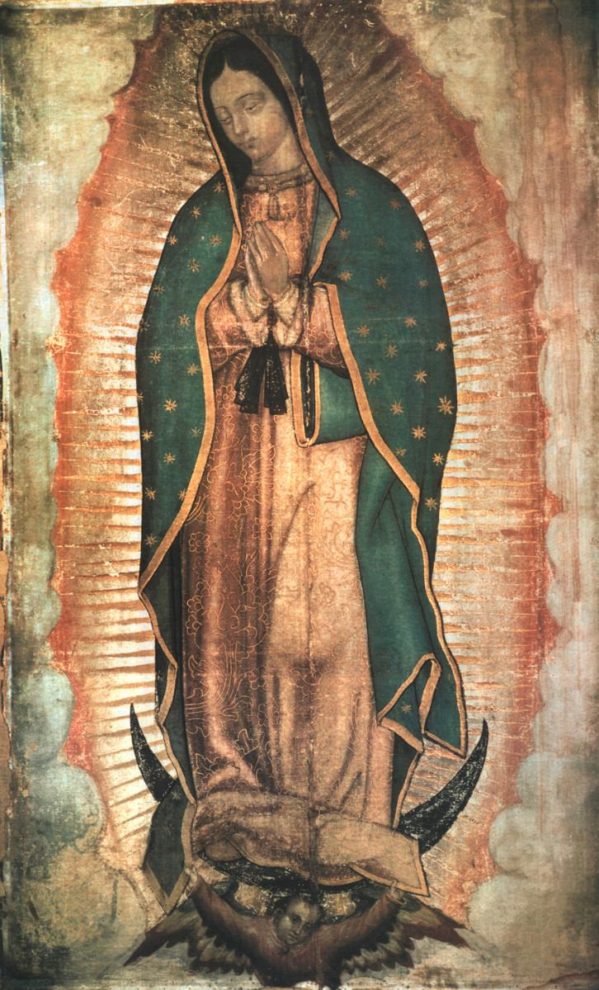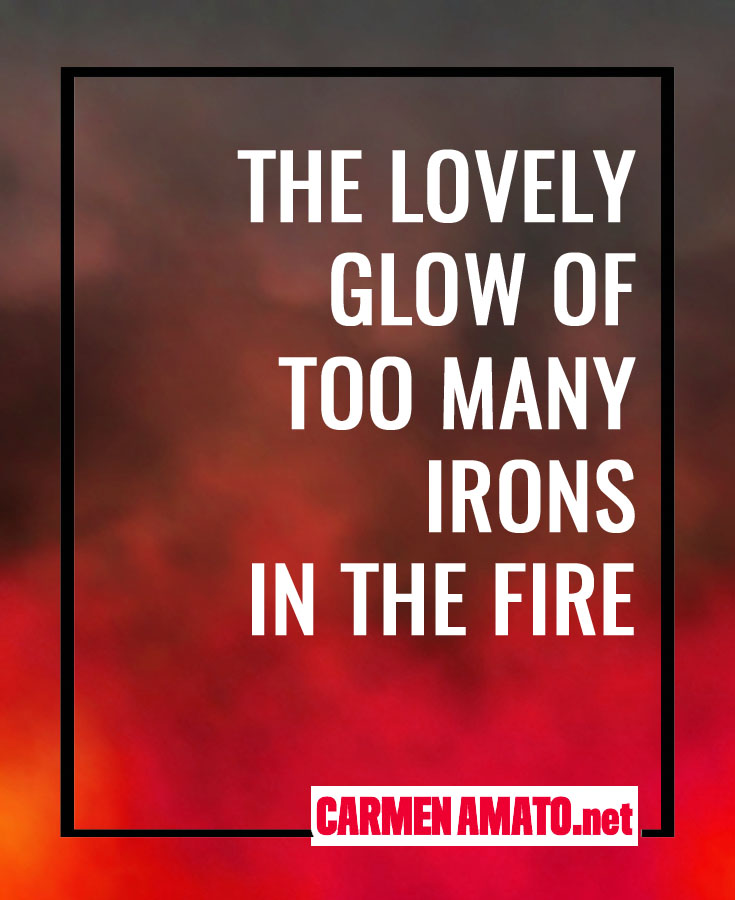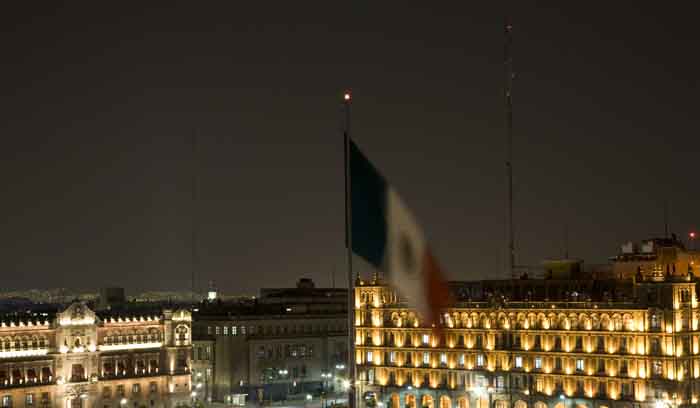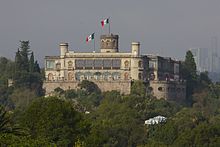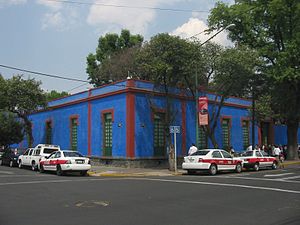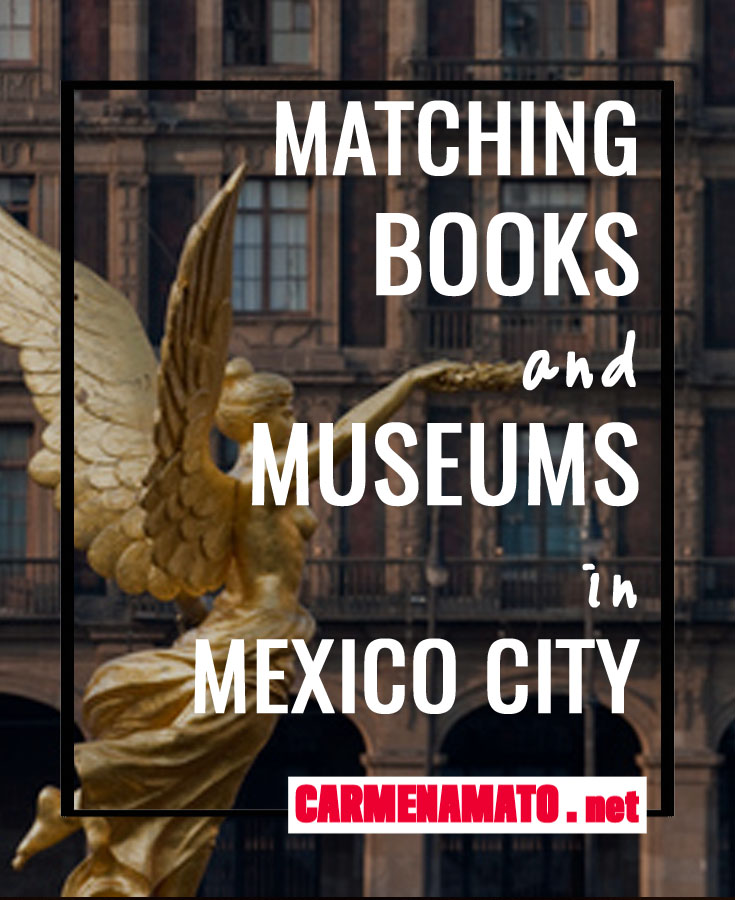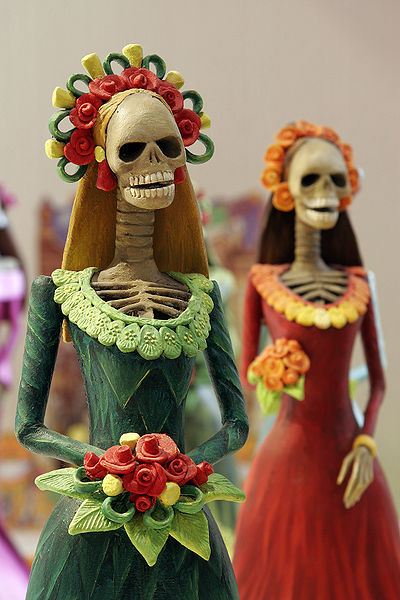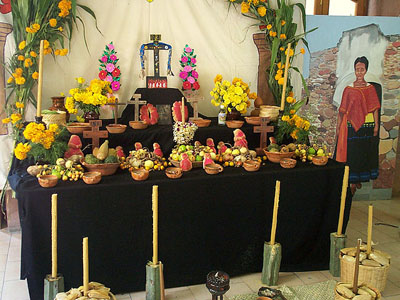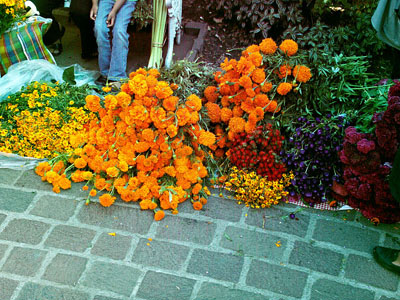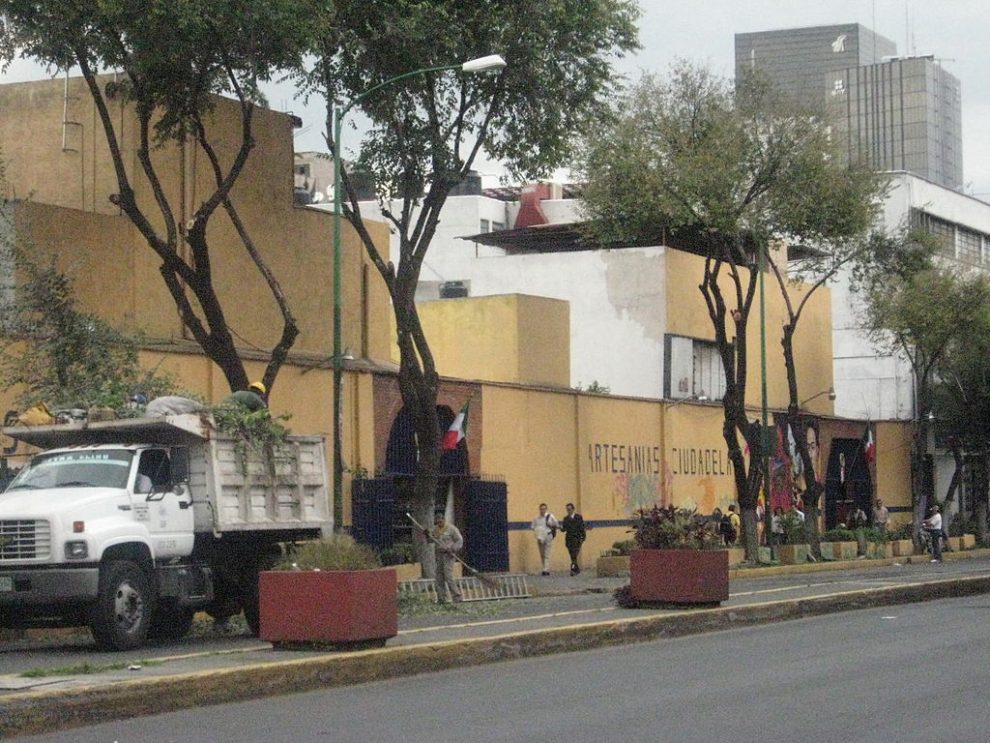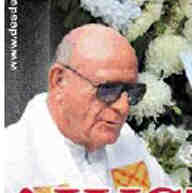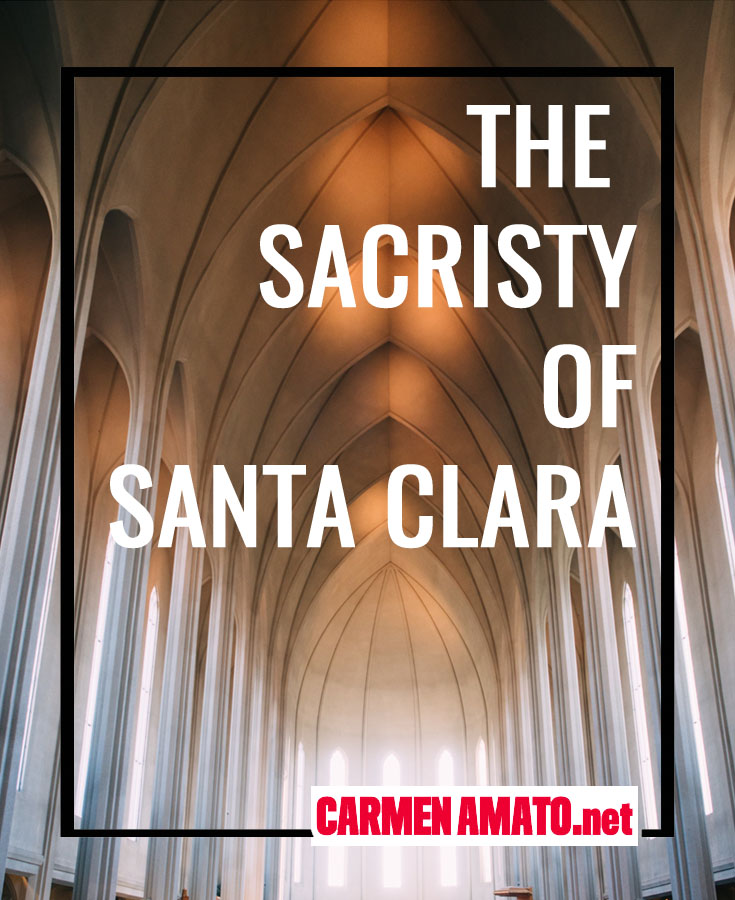The audiobook version of the Detective Emilia Cruz novella, THE LISTMAKER OF ACAPULCO was just...

The worst writing advice ever. Not kidding.
“But the novel is set in Mexico,” she said. “All the characters are Mexican.”
“That’s right,” I replied. “Lives of the people fighting the drug cartels. And Mexico’s class structure.”
More than 5 years ago, I was speaking on the phone to a well-known American author about potential agents and publishers for THE HIDDEN LIGHT OF MEXICO CITY. She was enthusiastic about the quality of my writing but we kept circling around an undefined problem.
“New York will never touch it,” she said finally. “And a New York agent is the only kind worth having. New York agents are looking for the next Sex and the City. Glossy. High heels. New York.”
“This is a political thriller,” I countered. “Makes the real Mexico accessible to the American audience the way Martin Cruz Smith’s Arkady Renko series did for Russia.”
GORKY PARK, RED SQUARE and the other Arkady Renko novels were ground-breaking, taking us inside a crumbling Soviet Union and then a mafia-riddled Russia.
My book took the reader inside the real Mexico. How was it any different?
New York won’t buy a book with all Mexican characters
The famous author didn’t care. Her sniff was audible.
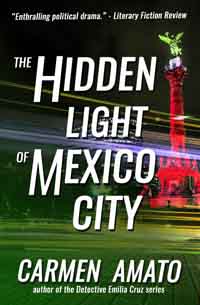
“New York won’t buy a book with all Mexican characters,” she said. “And your main character is a maid. At least couldn’t you make her American?”
I made a gurgling sound.
“You know,” the author blithely went on. “A college girl from Pittsburgh named Susan or Tess who goes to Mexico on a cultural exchange program to work as a maid for a semester. Something like that.”
I could have tossed off a barbed remark about how it would cost an American in Pittsburgh more to get to Mexico than they would earn as a maid in three months, but I was too busy being appalled.
This was a book about Mexico’s drug war, the people fighting it, and their chances of survival. It was also a Cinderella story taking on Mexico’s unspoken caste system. Sue and Tess were not part of that narrative.
Related: Read Chapters 1 & 2
Was she right?
Most of the New York agents I queried never replied. The few that did were only taking on a few select projects. One agency well known for representing fiction and thrillers said they didn’t take on my specific “genre.”
Ahem, I was pitching a political thriller.
Related post: How to Solve Hollywood’s Lack of Latino Roles
Trend or snub?
The question became unavoidable. Was this the classic snub of a new author by the New York cognoscenti? Or a mainstream publishing industry bias against Hispanic-themed popular fiction?
I don’t have any empirical evidence either way, as I update this in 2018. But in 2014 I wrote:
“If this is a trend, then it is a trend that runs counter to both population demographics and marketing statistics. According to the Pew Hispanic Center, Hispanics made up 16% of the US population in 2010 and that rate is projected to rise to 29% in 2050. This group has significant buying power.
The Latino buying power will be $1.5 trillion and steadily increasing by 2015, as asserted by The Nielsen Company in its early 2012 report “State of the Hispanic Consumer.” Meanwhile, ever alert to trends, Amazon introduced a bilingual English-Spanish Kindle e-reader.”
To play devil’s advocate, the lack of response to my queries is to be expected for most authors who try to break into traditional publishing. Some time later, an agent told me they couldn’t publish the first Detective Emilia Cruz because “I don’t know anyone who knows you.”
There are many more would-be authors knocking on agent and editor doors than there is interest in offering a contract to an unknown. But I think the message in that author’s suggestion to change the nationality of the main character speaks for itself.
Update
Drug violence on America’s border is constantly in the news and the US national debate over immigration is acute. Fiction can help to socialize these issues and give them an understanding, a face, and an immediacy that often the news cannot.
Meanwhile, THE HIDDEN LIGHT OF MEXICO CITY, with all of its Mexican characters, is available on Amazon in print and ebook formats. It is rated 4.8 out of 5 stars with comments like:
“It’s a perfect blend of action, suspense and romance. The action keeps you turning the pages as the author portrays the gritty reality of the city. Amato captures the complexity of life in one of the world’s largest cities, expertly depicting the sleazy politicians, the drug lords, their violent lieutenants and the common Mexicans who are victimized by them. Her characters are sharply drawn and totally believable.”
“Read the book and you will learn something about the drug wars cost and the people who are determined to end the corruption. You’ll learn about the class system that divides the Mexican culture. Amato fills the pages with three-dimensional characters that you care about. You will be thrilled with the way Amato shares the dinner between Eduardo and Luz. I wanted to read that whole scene out loud to my wife.”
And this from the Literary Fiction Review: “The Hidden Light of Mexico City by Carmen Amato is a rivetingly dramatic tale of politics and corruption, and a man and a woman from opposite ends of the social spectrum who fall in love.”
The most viewed page on this website is the dreamcast of Latino actors who I think should star in any movie adaptation.
My sniff is audible.
You may also like
New Audiobook! Listen to LISTMAKER
Book review: The Mystery Guest by Nita Prose
Molly Gray is the crime-solving Head Maid at London’s Regency Grand Hotel in THE MYSTERY GUEST the...
Writing advice from a balky mule and a train derailment
Readers often connect with me over the deep point of view style of the Detective Emilia Cruz...

CARMEN AMATO
Mystery and thriller author. Retired Central Intelligence Agency intel officer. Dog mom to Hazel and Dutch. Recovering Italian handbag addict.







